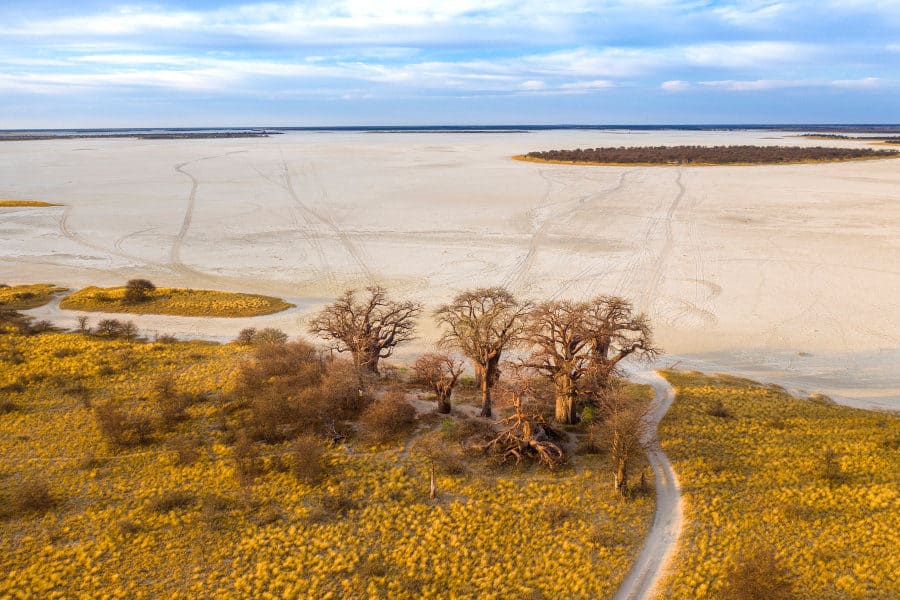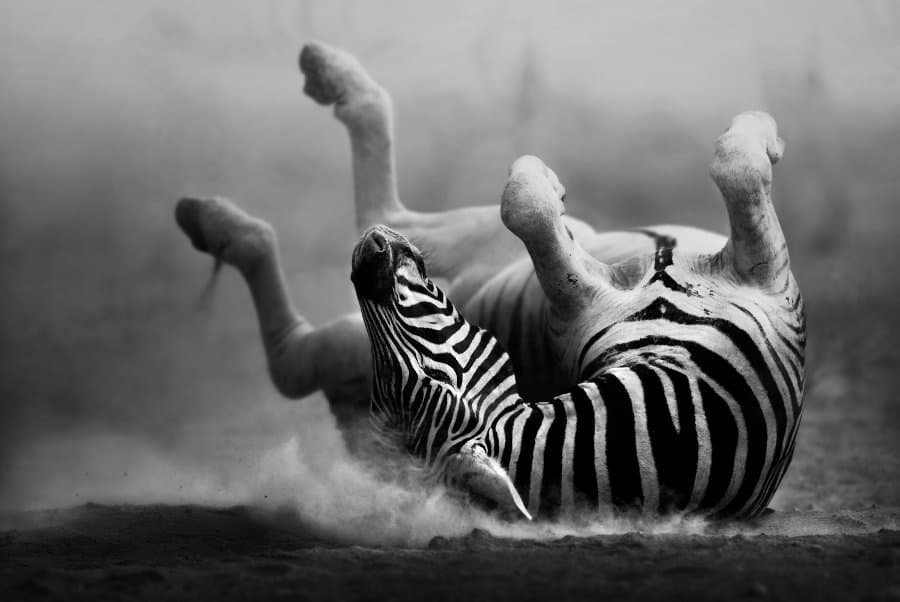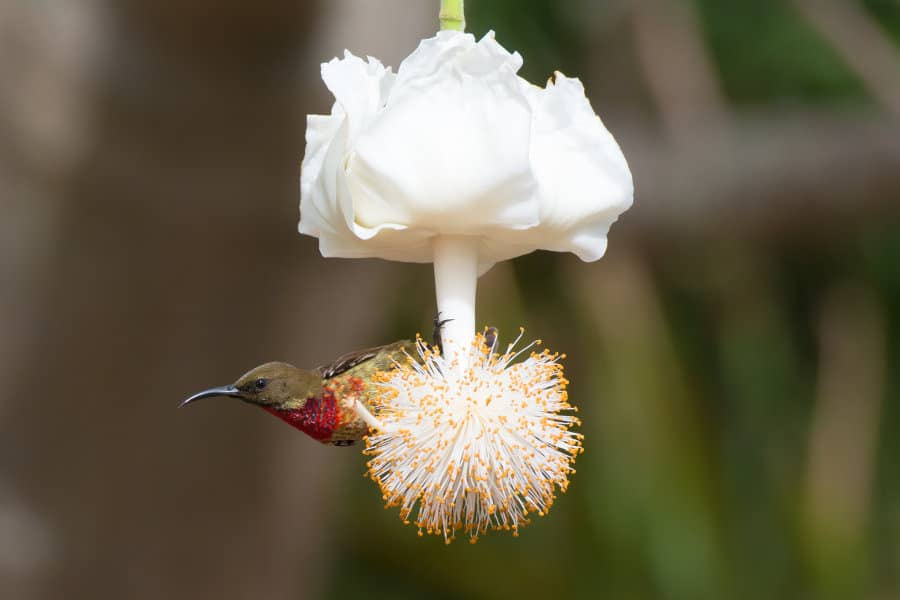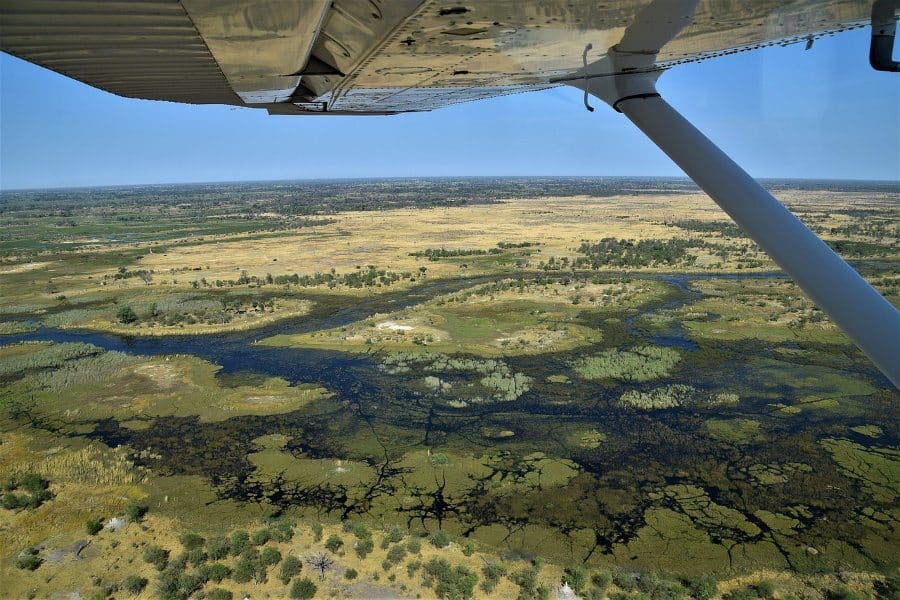Nxai Pan is unknown to the world. But it is home to the greatest migration of wildlife anywhere in Southern Africa. Here is the full story.
Where and What is Nxai Pan?
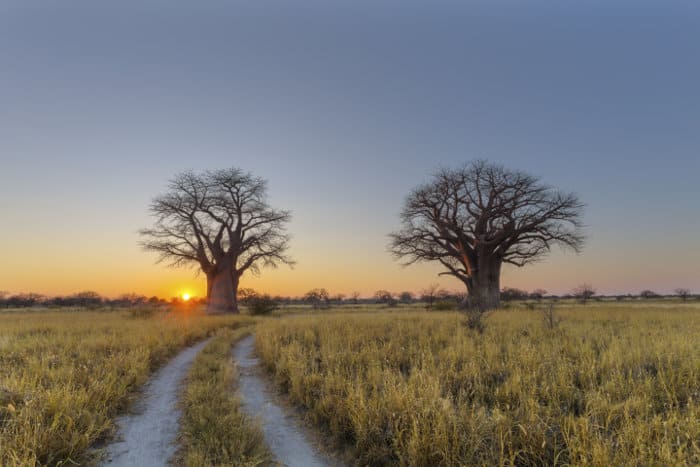
Nxai Pan is a small piece in the jigsaw puzzle of salt pans known as the Makgadikgadi Pans. Located in Botswana’s Kalahari Desert these are the world’s largest salt pans, a phantasmal mirage on which it appears nothing can survive.
Gaze across Nxai Pan and all you see is a salty mirage. Travel around in dry season and mostly there is nothing.
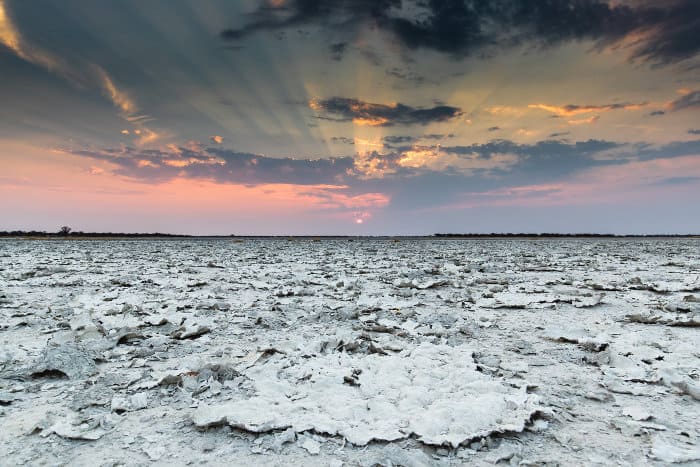
In one place you find a cluster of baobab trees. They are named Baines’ Baobabs, after Thomas Baines who claimed to discover them (of course, the San people knew about them long before any colonialist).
Yet in the rainy season everything changes in Nxai Pan.
Wildlife in Nxai Pan National Park

Other than a few meerkats and the odd elephant getting lost on route to the Okavango Delta, Nxai Pan is devoid of life from June to November. Silence and solitude make it a beautiful place to be, but animal sightings are nearly non-existent.
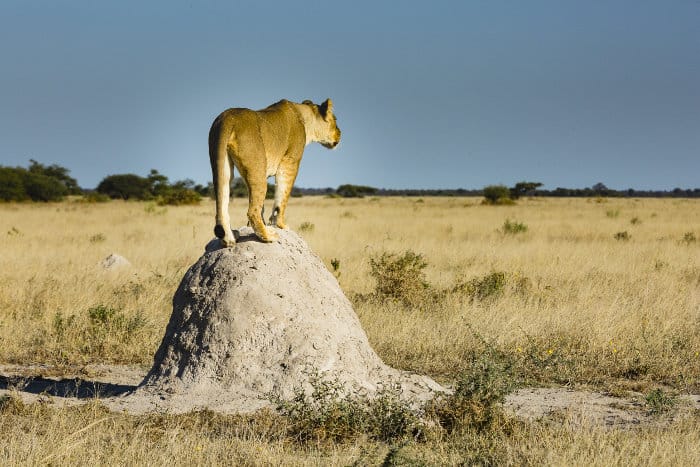
Then the rains come and everything changes. Ephemeral waterholes appear. Nutritious grass sprouts out of the salt. Wildlife arrives. Giraffe and elephant emerge from the desert mirage. Springbok, kudu, wildebeest and impala all migrate for seasonal food and water.
But most impressive of all are the zebra.
The Zebra Migration

The grass is so rich and nutritious it attracts zebra and wildebeest from 500 kilometres away. Over 30,000 march to the Nxai Pan, a blur of black and white stripes that also attracts predators.
Wild dogs and hyena cross the open pan to reach their prey. They can thrive in Nxai Pan as the area isn’t home to resident lions. Leopards supposedly live here but spotting one is almost like folklore.
You would think that 30,000 animals are easy to spot. However, this entire zebra migration went completely unnoticed until 2012.
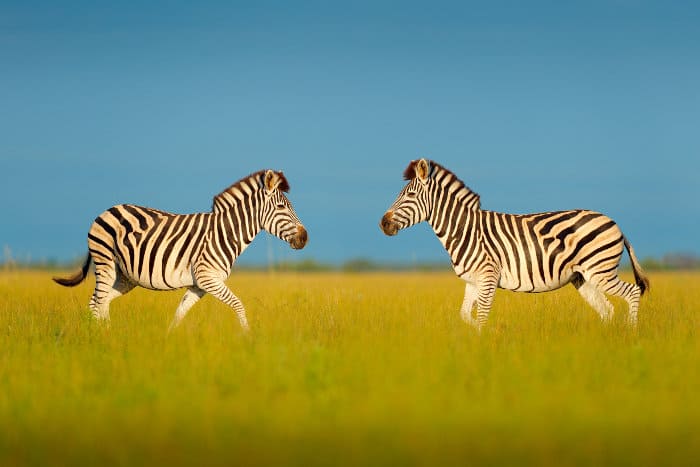
These zebra spend the dry season (June to November) around the Okavango Delta and Chobe River. When the rains start they move south in two distinct groups (one from the Okavango and the other from Chobe).
Marching across virgin territory that is mostly inaccessible to people, the zebra cut a direct line south to Nxai Pan. They spend January to March grazing and drinking, before heading back to their dry season pastures.
Here’s what is really amazing. During the 1950s and 1960s Botswana erected veterinary fences to prevent the spread of foot-and-mouth disease among domestic cattle (you can thank the EU for that initiative). Even if a zebra migration existed before, these fences will have blocked it.
The fences were removed in 2004. By 2012 there were 30,000 zebra migrating to Nxai Pan. None of the zebra could possibly have been alive in the 1960s (their average lifespan is 12 years), so how did the zebra know where to go?
Taking a Safari in Nxai Pan
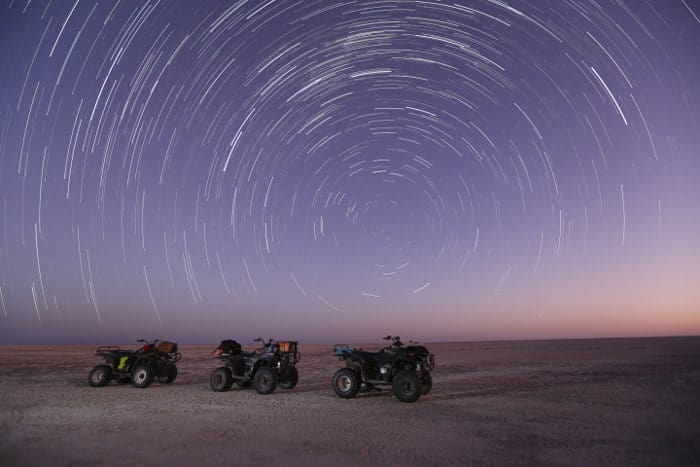
Visit Nxai Pan in dry season and you can take a quad bike journey across the salt flat, visit Baines’ Baobabs, roll out a camp bed, and sleep beneath the stars.
For the zebra migration you need to safari from January to March. Rain washes away some of the trails and it is very difficult to get around. Staff at the park gate will be able to provide up-to-date information when you arrive.
A handful of wilderness camps provide tours and accommodation. The wilder and more adventurous option is a self-drive safari. Wilderness campsites provide stunning accommodation on the pans if you have a four-wheel drive vehicle with a popup tent.

Note that there are very strict rules on where you can drive. This is to protect the fragile salt flat and means you must stick to a set safari route, even in your own vehicle.
Expect to be out in the wild, watching one of the world’s greatest natural spectacles, with absolutely nobody else around.
